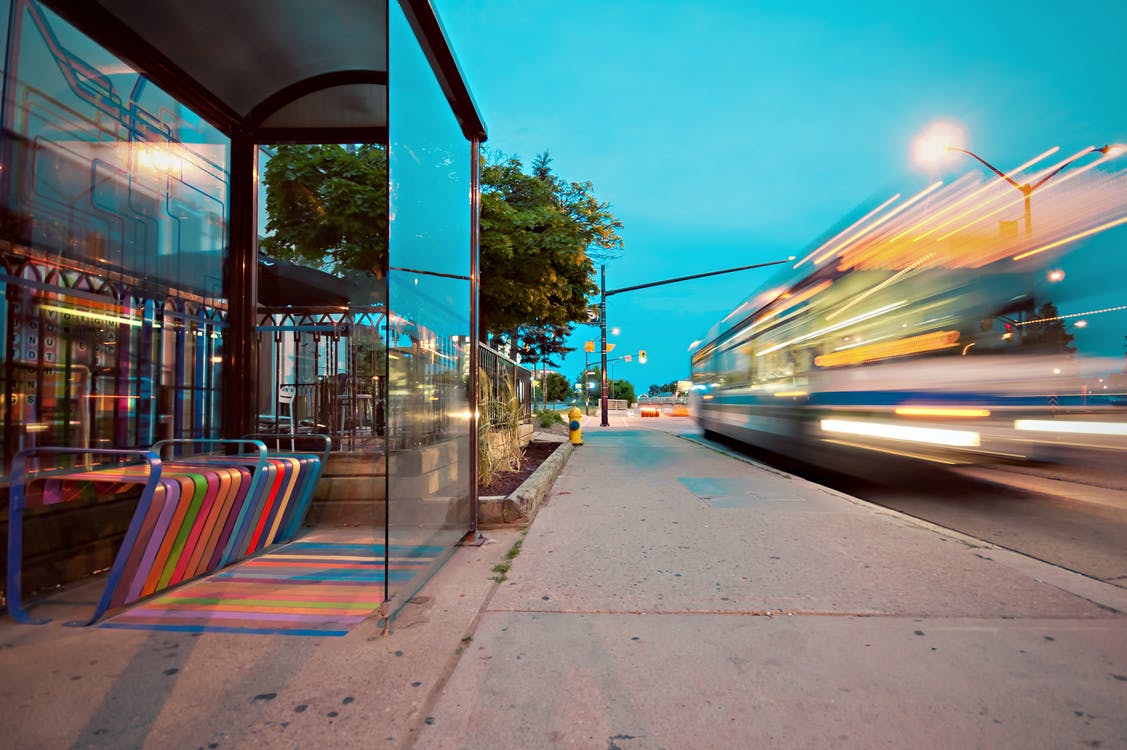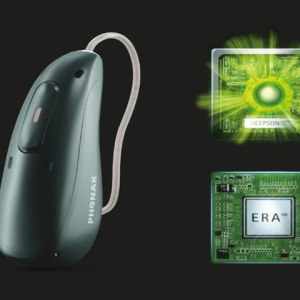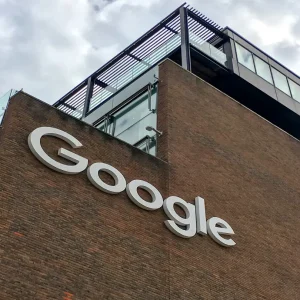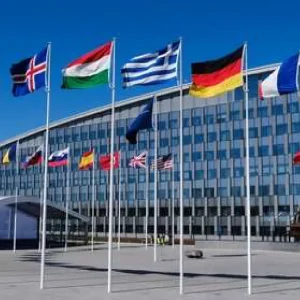
Huawei is aiming to use distributed cloud data centres and neural networks to connect futuristic Smart Cities in a way similar to that of a nervous system.
To connect the traffic and pedestrian systems the company plans to deploy Intelligent Operation Centres that use machine learning and AI technologies, forming a Smart City Nervous System, Huawei’s President told the Smart City Expo World Congress 2017 (SCEWC) on Tuesday.
The Smart City Nervous System would pull in real-time data from a network of sensors (known as “peripheral nerves”) and feed it back to the control centre (the “brain”), where analysis would take place. The brain is designed to output suitable commands based on data from IoT sensors in the urban environment.

Such networked urban technology can boost industry development and potentially increase public safety. As populations grow, smarter surveillance of traffic flows will be essential for new and existing cities to cope. Huawei propose their end-to-end cloud-pipe-device solutions will uphold the sprawling digital infrastructure of hundreds of new cyber cities.
An “open platform”, built on the Huawei cloud and compatible with multiple devices would form the backbone of digitally integrated Smart Cities. The central brain, known as the Intelligence Operation Centre (IOC), will produce live imaging of a city’s transport, security and environmental systems. It is thought that more detailed insights and better end-to-end interconnection would drastically improve city management and planning.
For instance, temperature and humidity sensors inside greenhouses would automatically adjust, thanks to AI commands from the IOC in a Smart City. The technology has potential applications in energy, education and healthcare as well as governance.
IBM takes control of EU data with cloud data centre upgrades
Huawei, Alibaba join Nvidia’s smart city Metropolis
Smart City: the next step or privacy threat?
Huawei’s Smart Cities utilise its IoT platform, LiteOS operating system, and technologies such as Narrowband IoT (NB-IoT), eLTE-IoT and AI to build integrated sensing systems. The firm has already launched the Smart Campus Solution and is said to be serving over 120 cities in more than 40 countries. In China alone, Huawei says that it has participated in the development of 26 Smart City evaluation criteria.
Opening the Huawei Global Smart City Summit, Yan Lida, President of Huawei Enterprise Business Group, said: “A Smart City is like a living organism, which is powered by a nervous system. This creates a seamless link between the physical and digital worlds.”
The enterprise would need long-term steady investment, cooperation with local authorities and a skilled Smart City project team, the company’s boss added.






